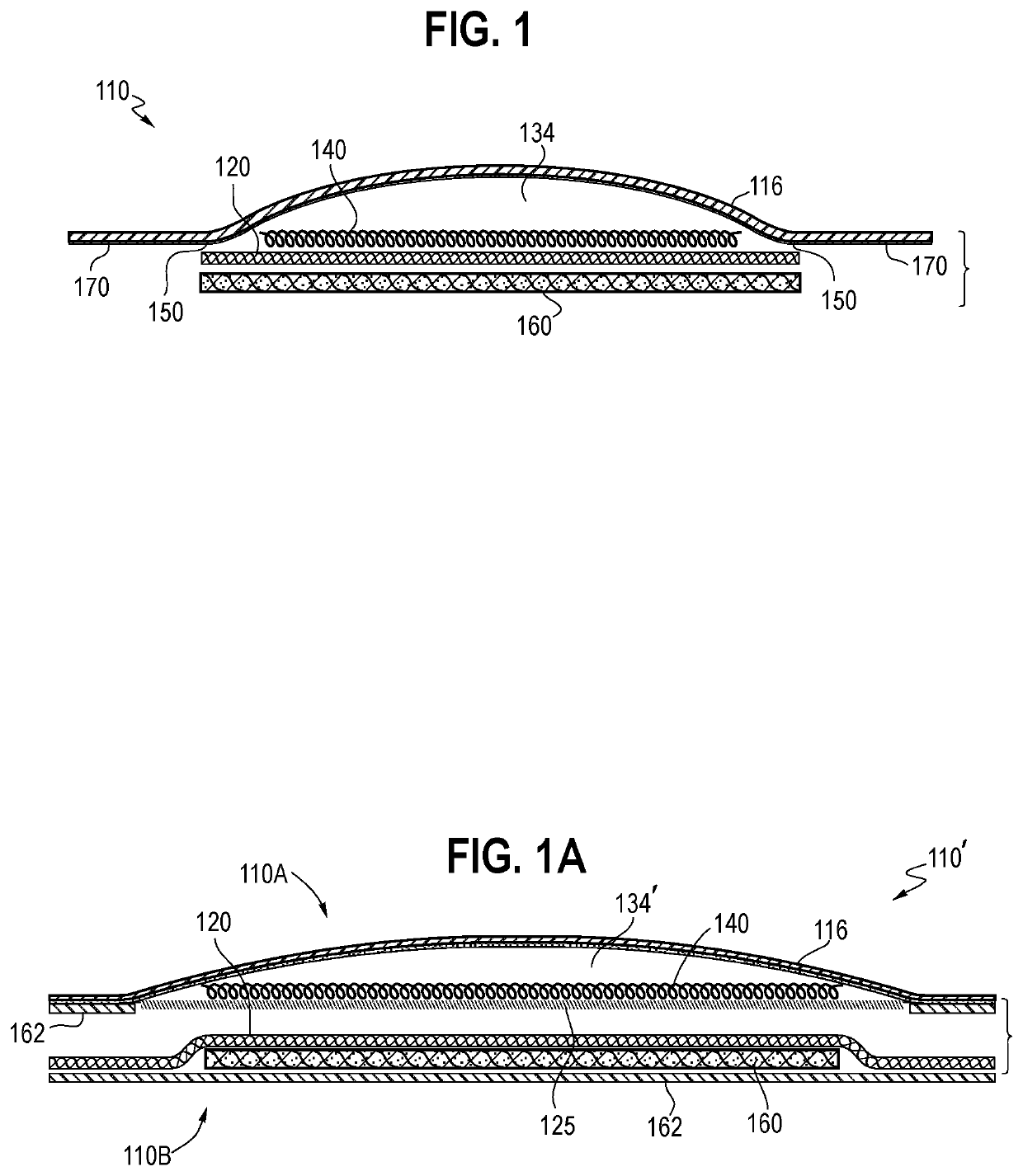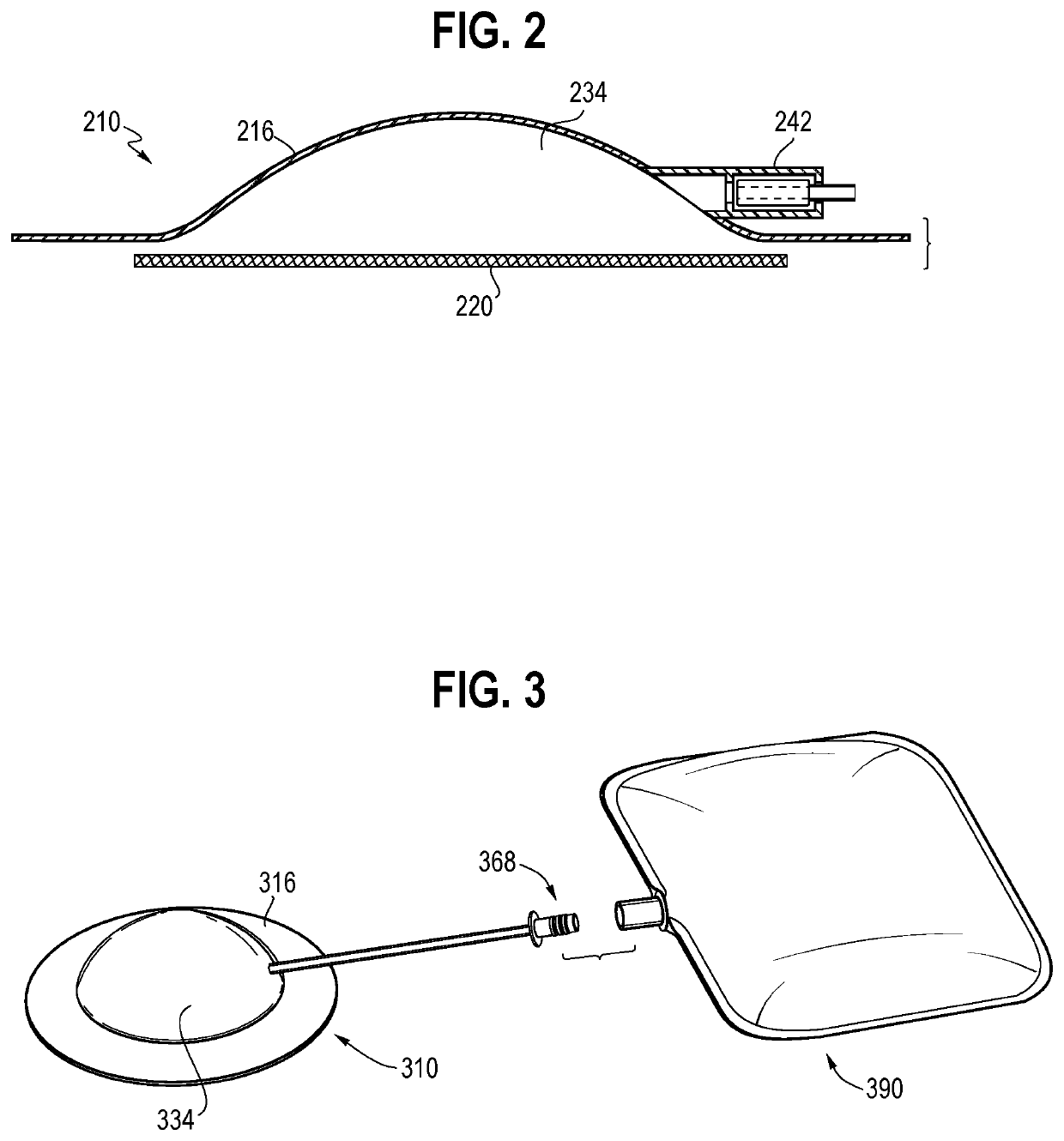Forward osmosis medical and wound care devices
a technology of forward osmosis and wound care, applied in the field of wound care dressings, can solve the problems of strong odor, uncomfortable for patients, and wound infection, and achieve the effects of reducing the volume of potentially infectious liquid waste, reducing exposure of healthcare staff, and reducing odor
- Summary
- Abstract
- Description
- Claims
- Application Information
AI Technical Summary
Benefits of technology
Problems solved by technology
Method used
Image
Examples
Embodiment Construction
[0002]None.
BACKGROUND OF THE DISCLOSURE
[0003]Many types of wound care dressings are used to promote healing of the wound and to protect the wound from further harm or contamination. Dressings are available in many materials, constructions, sizes, and shapes. Dressings vary depending on the type and severity and size of the wound, the anatomical location of the wound, the amount of blood and other exudate that needs to be managed, skin conditions, and treatment approach. Wound dressing types can include hydrocolloid, hydrogel, alginate, collagen, foam, transparent, gauze, and non-woven, for example. Additionally, there are various agents, such as antimicrobials or pain relief pharmaceuticals, that may be incorporated into the dressing, if needed or desired.
[0004]In combination with specific wound care dressings, negative pressure would therapy (NPWT) can be used to treat hard to heal wounds and has been shown to increase blood flow, reduce edema, enhance wound contraction, and stimul...
PUM
 Login to View More
Login to View More Abstract
Description
Claims
Application Information
 Login to View More
Login to View More - R&D
- Intellectual Property
- Life Sciences
- Materials
- Tech Scout
- Unparalleled Data Quality
- Higher Quality Content
- 60% Fewer Hallucinations
Browse by: Latest US Patents, China's latest patents, Technical Efficacy Thesaurus, Application Domain, Technology Topic, Popular Technical Reports.
© 2025 PatSnap. All rights reserved.Legal|Privacy policy|Modern Slavery Act Transparency Statement|Sitemap|About US| Contact US: help@patsnap.com



